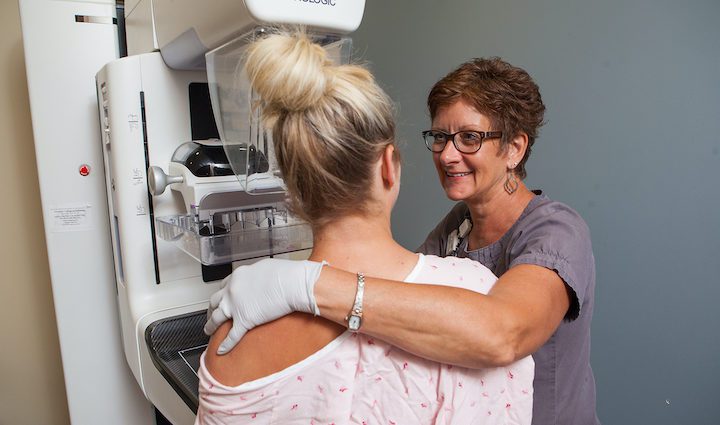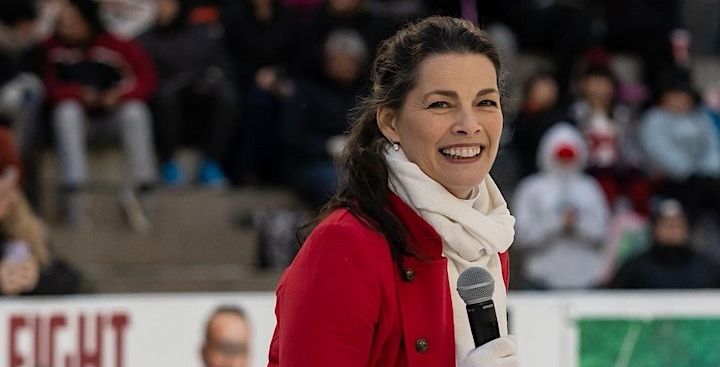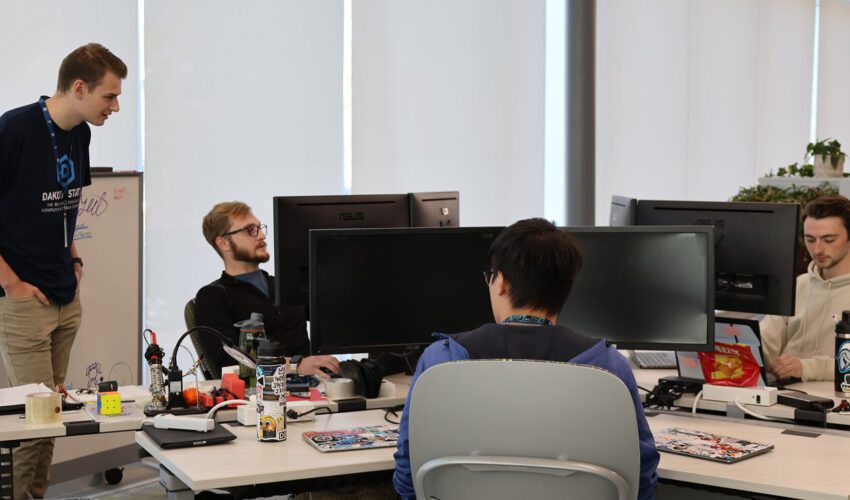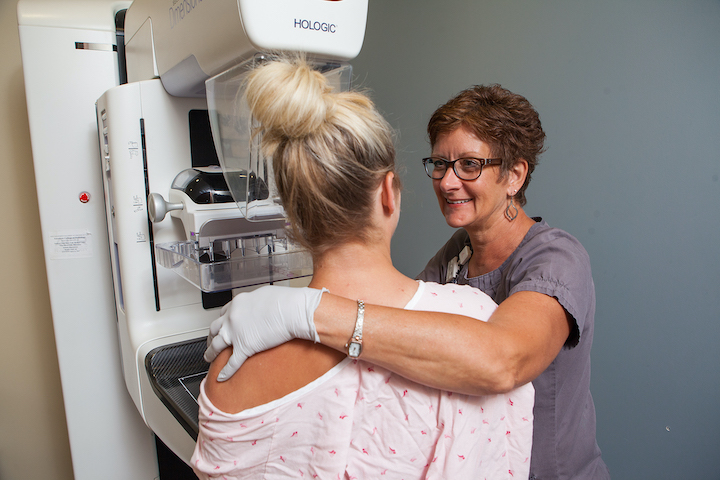Reclaiming confidence: The post-mastectomy journey
Nov. 4, 2020
This paid piece is sponsored by Sanford Health.
As a breast cancer patient, you often aren’t just receiving a diagnosis, you’re also coming to terms with losing parts of you that are closely associated with your womanhood. And that loss is among many challenges – alongside the treatment of breast cancer – that patients experience in this difficult moment.
Leanne Ratzlaff of Sioux Falls remembers it like it was yesterday even though nearly five years have passed. The mother of three and grandmother of five did not struggle as much as some women, but she remembers how important her post-mastectomy support was to her recovery.
Necessary courage
“Across my life, I have had four biopsies with ultrasounds after abnormal mammograms. I did this for years with nothing found. Then, in 2015, it was the same routine – except this time, the biopsy came back highly suspicious,” Ratzlaff said.
“I remember I was working that day – I worked as an RN for Dr. (Craig) Uthe in family medicine at Sanford Health. And my own doctor took me into a room to show me my results.”
Her doctor wanted her to be seen right away and already had scheduled an appointment for her to meet with Dr. Jesse Dirksen, a breast surgeon at Edith Sanford Breast Center.
“That was the day I left work and never came back,” Ratzlaff said. “I was about to retire anyway, but still, it was surreal to leave after 14 years.”
Her husband had passed eight years earlier from esophageal cancer, so her son went with her to the appointment with the surgeon.
“I remember I wanted it out of me in the quickest and most efficient way possible,” Ratzlaff said. “I just thought taking action quickly was important, as was knowing my options, asking questions and engaging with my care team.”
By the end of that first day, she already had made her decision. She would get a bilateral mastectomy, removing both her breasts.
“I had a real sense of peace,” Ratzlaff said. “Dr. Dirksen supported me completely and encouraged me to meet with the plastic surgeon, which I did, but I decided against a reconstruction. I am widowed, and I thought, who is ever going to know if I have breasts or not? And, when I walked out that day, I felt very comfortable with my decision.”
Finding a familiar fit
Throughout the cancer treatment process, patients meet with a comprehensive team of experts, including physicians, surgeons, specialists and staff dedicated to supporting women beyond their cancer care and treatment.
One of these specialists helps with post-mastectomy care. Dawn Foster is a trained post-mastectomy fitter at Bloom the Boutique at the Sanford Cancer Center.
“I provide prosthesis bras and consults for patients getting a mastectomy, lumpectomy, implants or explants,” Foster said.
A prosthesis bra looks exactly like a typical bra except with a pocket on the inside where a prosthesis, also called a breast form, can be placed in one or both sides.
“Breast forms and prosthesis bras are designed to look feminine while ensuring comfort,” Foster said. “Each woman is different with different breasts and different needs depending on what type of procedure she is having and how much tissue is being removed.”
During a consultation, she talks to each patient about her preferences and expectations, and then she takes measurements, considering each woman’s body frame, hips and spine. From there, she guides the patient into finding the best fit.
“Sometimes we do one fitting; sometimes we do several — whatever the patient needs,” Foster said. “It can be very different depending on where she is in the process. I could see her at diagnosis, during treatment, while healing after surgery or even five to 10 years later.”
Many women meet with Foster when they are first diagnosed, which can be beneficial to ensure they have all of the information to make their surgery decision.
Feeling whole again
“Dawn was a very important part of the cancer team,” Ratzlaff said. “She really helped me see myself as a woman after I had my breasts removed. I kind of used her as a counselor. I remember talking to Dawn about if it is OK for my granddaughters to see me without breasts. She would always take the time to hear my worries, and I always felt so understood after talking to her.”
For many women, coming to terms with losing their breasts takes time, patience and support. Though Ratzlaff accepted the change to her body quickly, she does remember how much the prosthesis made her feel comfortable going home.
“That is a very important thing: to walk out of there feeling whole,” Ratzlaff said.
Women don’t want to be defined by their diagnosis or by the thing that has been taken away from them, Foster added.
“So the last thing we want to do is make a woman feel marginalized by giving her fake breasts. We are there to support each woman in reclaiming what she feels she lost – whether that’s through a breast form, providing resources or simply listening to her.”
Learn more about the postmastectomy services at Bloom the Boutique and Edith Sanford Breast Center.








